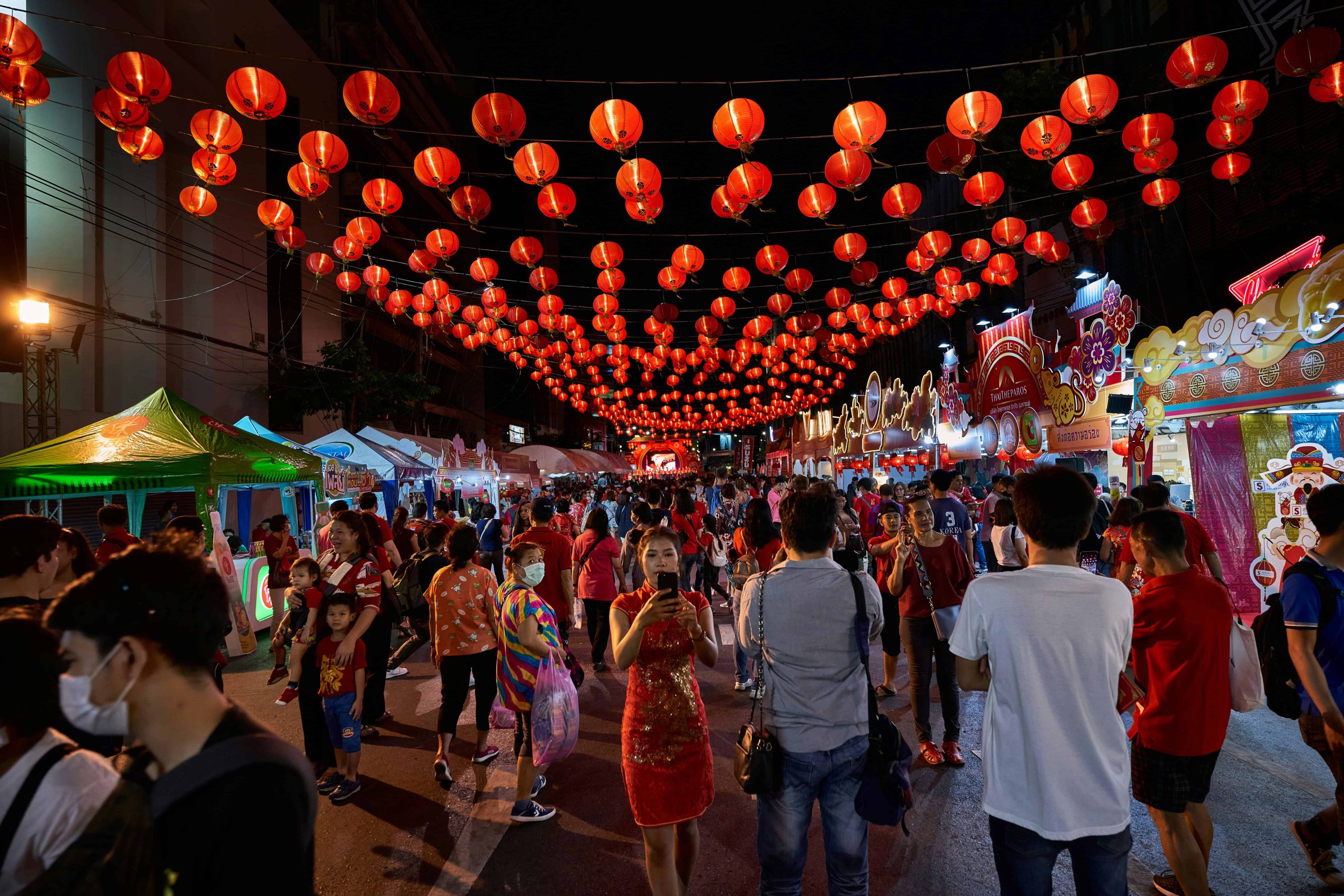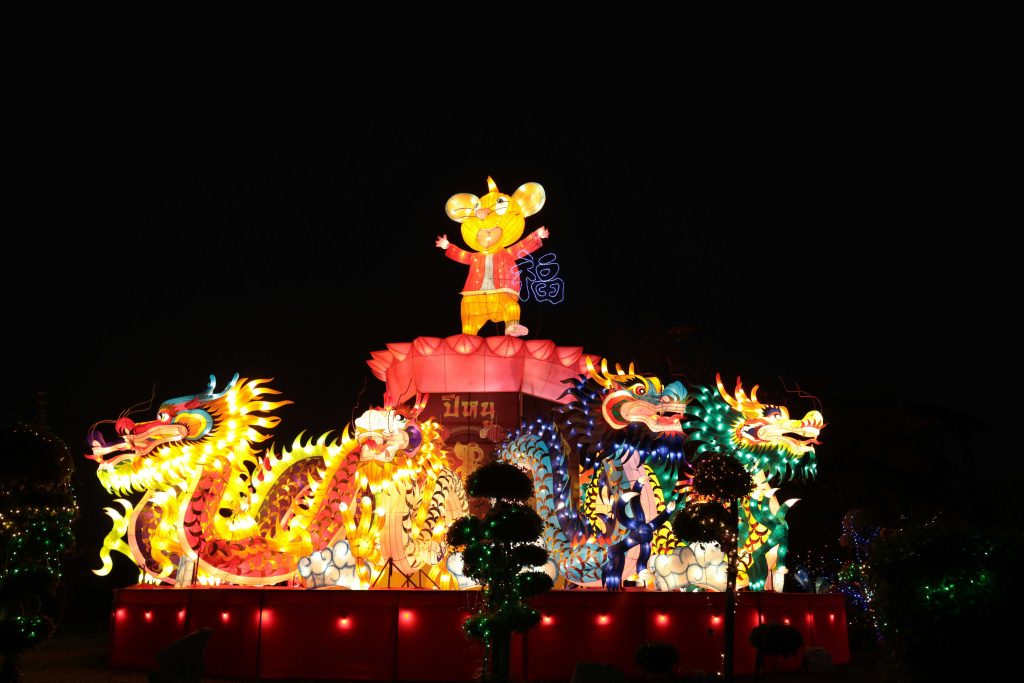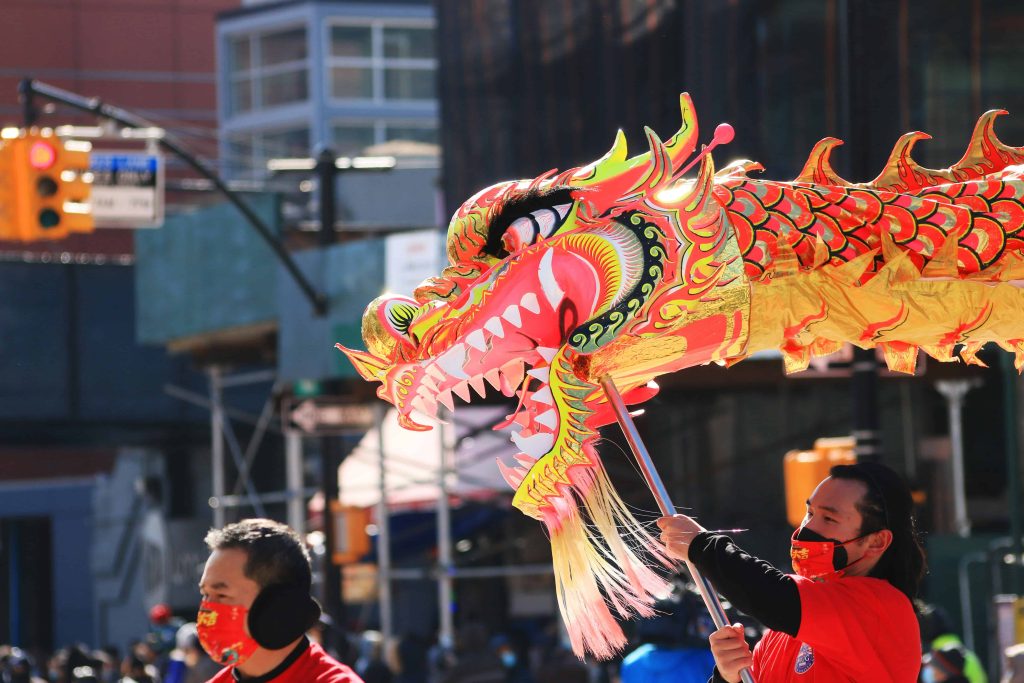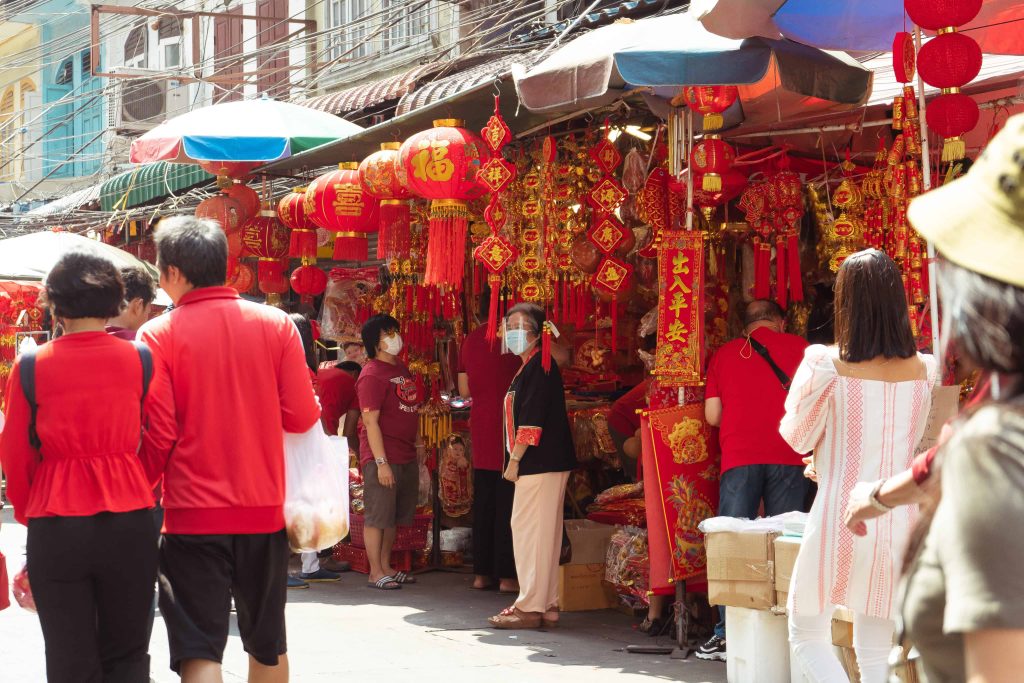
29 Jan Embracing Chinese New Year Traditions Around the World in 2025
Celebrating Chinese New Year Around the World
Chinese New Year, also known as Lunar New Year, is one of the most significant cultural celebrations in the world, symbolizing renewal, prosperity, and the unity of communities across diverse cultures. Rooted in centuries-old traditions, this festival marks the start of the lunar calendar and symbolizes renewal, prosperity, and unity. While its origins are deeply embedded in Chinese history, the celebration transcends borders, with vibrant festivities occurring globally. This article explores the diverse ways Chinese New Year is celebrated across Asia, North America, Europe, and South America, showcasing its global cultural impact and highlighting unique traditions in each region.
Celebrations in Asia
China
As the birthplace of Chinese New Year, China’s celebrations are deeply traditional and diverse. Families clean their homes to sweep away bad luck, share festive meals, and honor their ancestors, embodying the overarching themes of renewal and prosperity central to Chinese New Year traditions. Vibrant lion and dragon dances fill the streets, accompanied by mesmerizing fireworks displays that symbolize the warding off of evil spirits. Regional variations abound—for example, Cantonese celebrations feature elaborate feasts and flower markets, while Beijing emphasizes temple fairs and cultural performances.
Hong Kong
In Hong Kong, Chinese New Year is marked by a unique blend of traditional and modern festivities. The city hosts grand parades featuring intricate floats and performances, complemented by dazzling fireworks over Victoria Harbour. Temple fairs, such as those at Wong Tai Sin Temple, draw crowds seeking blessings for the year ahead. Locals also indulge in festive delicacies like turnip cakes and glutinous rice balls.
Singapore
Singapore’s Chinatown transforms into a vibrant hub of activity during Chinese New Year. Streets are adorned with intricate lanterns and auspicious red decorations, while stalls sell festive goodies such as pineapple tarts and love letters. A standout feature is the River Hongbao Festival, showcasing giant lantern displays and cultural performances. Streets are adorned with intricate lanterns, and the iconic Chingay Parade showcases multicultural performances, lion dances, and elaborate floats. The city’s unique blend of Chinese traditions with modern flair attracts both locals and tourists.
Malaysia
In Malaysia, Chinese New Year is a testament to the country’s multicultural harmony. Families come together for reunion dinners, and open houses invite friends from all backgrounds to share festive meals. Red lanterns and decorations illuminate cities like Kuala Lumpur, while lion dances and firecrackers add to the festive spirit.
Thailand
Thailand’s Chinatown, particularly along Yaowarat Road in Bangkok, comes alive with Chinese New Year celebrations. The streets are lined with food stalls, and traditional performances like lion dances and acrobatics entertain crowds. Thai interpretations of Chinese customs, such as offering incense at temples, add a local twist.
Vietnam
Known as Tet Nguyen Dan or Tet, Vietnamese New Year is a significant national holiday. While sharing similarities with Chinese traditions, such as family reunions and ancestor worship, Tet features distinct customs like the preparation of Banh Chung (square sticky rice cakes) and the decoration of homes with peach blossoms and kumquat trees.
Celebrations in North America
United States
In the United States, Chinese New Year is celebrated with grandeur in cities with significant Chinese communities. San Francisco’s Chinatown hosts one of the largest Lunar New Year parades, featuring colorful floats, lion dances, and firecrackers. New York and Los Angeles also hold major celebrations, complete with cultural performances and traditional cuisine.
Canada
Canada’s multicultural cities, such as Vancouver and Toronto, embrace Chinese New Year with enthusiasm. Parades, dragon dances, and community gatherings highlight the festivities. The celebrations often emphasize inclusivity, with diverse communities participating in the events.
Celebrations in Europe
United Kingdom
London’s Chinatown becomes the epicenter of Chinese New Year celebrations in the UK. Streets are adorned with red lanterns, and traditional performances, including martial arts and dragon dances, attract large crowds. The festivities reflect the city’s cultural diversity and growing appreciation for Chinese traditions.
France
Paris’s Chinatown, located in the 13th arrondissement, hosts lively parades featuring lion dances and traditional music. French-Chinese communities integrate Chinese New Year customs with local cultural elements, creating a unique celebration.
Germany
In Germany, Chinese New Year celebrations are gaining visibility, especially in cities like Berlin and Frankfurt. Events organized by Chinese cultural associations often include traditional performances, food fairs, and workshops, fostering cross-cultural exchange.
Celebrations in South America
Brazil
Brazil’s Chinese New Year celebrations are most prominent in São Paulo’s Chinatown. The area comes alive with vibrant parades, dragon dances, and traditional Chinese music. These festivities highlight the influence of Chinese immigration and the blending of cultures in Brazil.
Global Impact and Significance
Chinese New Year’s global reach underscores its importance as a cultural bridge. The festival promotes cross-cultural understanding by inviting people from all backgrounds to participate in its rich traditions. For example, multicultural parades in cities like Vancouver and London see participation from individuals of various ethnicities, showcasing dances, music, and art forms inspired by Chinese heritage. Additionally, open houses in Malaysia welcome neighbors from diverse communities to share festive meals, creating opportunities for deeper cultural appreciation and dialogue. It also has a significant economic impact, boosting tourism, retail, and the food industry. As awareness of Chinese New Year grows, so does its role in fostering global unity and appreciation for cultural diversity.
Conclusion
From the bustling streets of Beijing to the vibrant neighborhoods of New York and São Paulo, Chinese New Year is celebrated with unmatched enthusiasm worldwide. This festival not only preserves age-old traditions but also serves as a platform for cultural exchange and connection. As we embrace the spirit of renewal and unity, Chinese New Year remains a shining example of how cultural celebrations can transcend borders and bring people together.
Key Takeaways
- Universal Significance
Chinese New Year, rooted in centuries-old traditions, symbolizes renewal, prosperity, and unity, transcending cultural and geographical boundaries. - Celebrations Across Asia
- China: Traditional lion and dragon dances, temple fairs, ancestor worship, and regional customs.
- Hong Kong: Grand parades, fireworks over Victoria Harbour, and blessings at temples.
- Singapore: River Hongbao Festival and multicultural Chingay Parade with lanterns and performances.
- Malaysia: Open houses promoting multicultural harmony alongside traditional lion dances and festive meals.
- Thailand: Vibrant celebrations in Bangkok’s Chinatown, blending Thai and Chinese traditions.
- Vietnam: Tet Nguyen Dan features Banh Chung, peach blossoms, and family-centered customs.
- Celebrations in North America
- United States: San Francisco, New York, and Los Angeles host major parades and cultural events in vibrant Chinatowns.
- Canada: Cities like Vancouver and Toronto emphasize inclusivity through dragon dances and community gatherings.
- Celebrations in Europe
- United Kingdom: London’s Chinatown becomes a cultural hub with traditional performances and martial arts.
- France: Paris integrates Chinese customs with local culture in lively parades.
- Germany: Growing recognition of the festival, with cultural associations hosting performances and workshops.
- Celebrations in South America
- Brazil: São Paulo’s Chinatown hosts vibrant parades and cultural displays, reflecting the blending of Chinese and Brazilian traditions.
- Global Impact
- The festival fosters cultural exchange, promoting inclusivity and cross-cultural understanding.
- Economic boosts come from tourism, retail, and food industries.
- It highlights the power of cultural celebrations in building unity worldwide.
Frequently Asked Questions
What are the key traditions of Chinese New Year in China?
In China, Chinese New Year traditions include cleaning homes to remove bad luck, enjoying reunion dinners, and honoring ancestors. Festivities feature lion and dragon dances, dazzling fireworks, and regional customs like temple fairs in Beijing and flower markets in Cantonese regions.
How is Chinese New Year celebrated outside of Asia?
Globally, Chinese New Year is celebrated with parades, cultural performances, and festive meals. In North America, cities like San Francisco and Vancouver host large events, while European cities like London and Paris showcase traditional lion dances and red lantern displays.
Why is Chinese New Year significant on a global scale?
Chinese New Year fosters cross-cultural understanding and unity, inviting people worldwide to experience its traditions. The festival boosts tourism, retail, and food industries and serves as a cultural bridge, highlighting the global appreciation of Chinese heritage and traditions.



